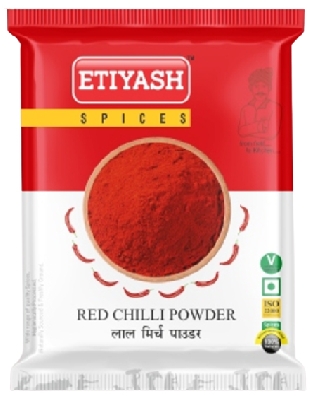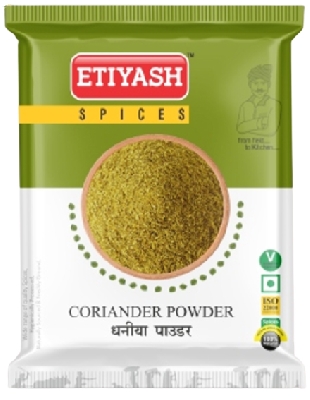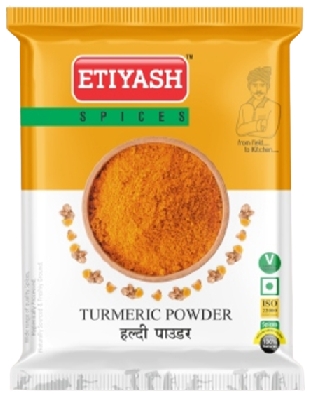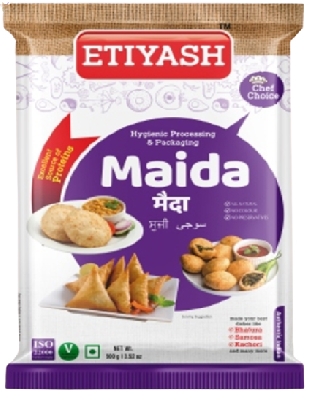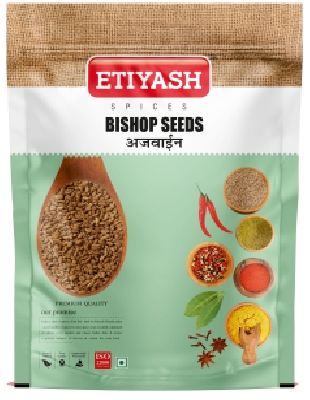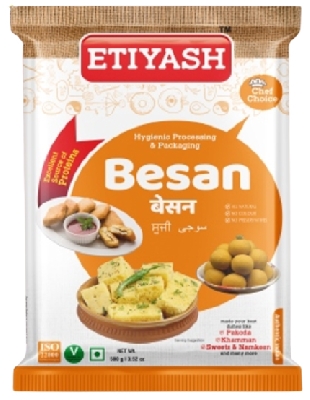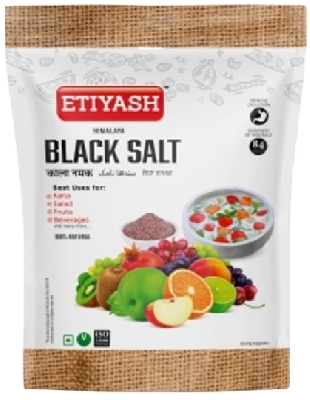
Black Salt
Category: Grocery
Short Details
Usage
Kala namak is used extensively in South Asian cuisines of India, Bangladesh and Nepal as a condiment or added to chaats, chutneys, salads, all kinds of fruits, raitas and many other savory Indian snacks. Chaat masala, an Indian spice blend, is dependent upon black salt for its characteristic sulfurous hard-boiled-egg aroma. Those who are not accustomed to black salt often describe the smell as similar to rotten eggs. Black salt is sometimes used sparingly as a topping for fruits or in snacks in Pakistan.
Kala namak is considered a cooling spice in Ayurveda and is used as a laxative and digestive aid. It is also believed to relieve flatulence and heartburn. It is used in Jamu to cure goitres. This salt is also used to treat hysteria and for making toothpastes by combining it with other mineral and plant ingredients. The uses for goitre and hysteria are dubious. Goitre, due to dietary iodine deficiency, would not be remedied unless iodide was present in the natural salt. The very broad term "Hysteria" is now replaced in the DSM with more specific terms such as conversion or histrionic disorders.In the United States, the Food and Drug Administration warned a manufacturer of dietary supplements, including one consisting of Himalayan salt, to discontinue marketing the products using unproven claims of health benefits.
Kala namak is a kiln-fired rock salt used in South Asia with a sulphurous, pungent-smell. It is also known as "Himalayan black salt", Sulemani namak, bit lobon, kala noon, or pada loon and manufactured from the salts mined in the regions surrounding the Himalayas.
Our Other Product
Add bestselling products to weekly line up

